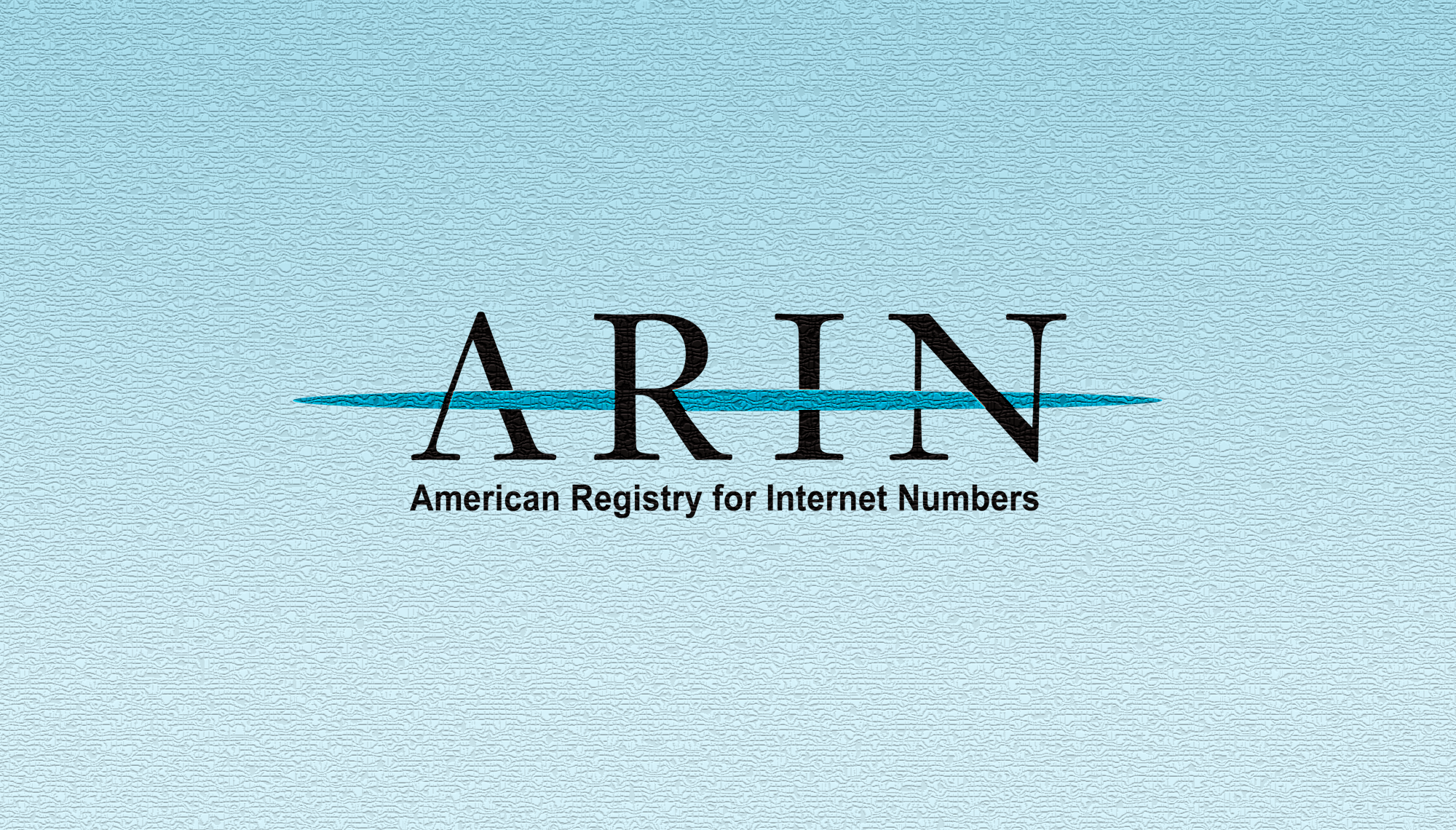
IPv6 Study Hall: How are IPv6 addresses distributed? [Archived]
OUT OF DATE?
Here in the Vault, information is published in its final form and then not changed or updated. As a result, some content, specifically links to other pages and other references, may be out-of-date or no longer available.
 Get out your pencils and notebooks. After reading the first post in our IPv6 Study Hall series
, you know how to determine whether or not you qualify for IPv6 address space and how to apply for these addresses from ARIN. Now we thought we’d deliver you a study guide on how the address distribution process works.
Get out your pencils and notebooks. After reading the first post in our IPv6 Study Hall series
, you know how to determine whether or not you qualify for IPv6 address space and how to apply for these addresses from ARIN. Now we thought we’d deliver you a study guide on how the address distribution process works.
A hierarchical chain of organizations distributes Internet number resources, including IPv6 addresses. The Internet Assigned Numbers Authority (IANA) manages the global IP address pool, allocating large blocks of address space to the five Regional Internet Registries (RIRs). As a contracted function of the Internet Corporation for Assigned Names and Numbers (ICANN), IANA also manages domain names and number resources in addition to protocol assignments.
Each RIR, including ARIN, is recognized by the IANA to serve and represent large geographical regions. The RIRs follow community-based policies in allocating Internet number resources within their respective regions. These five RIRs are:
-
American Registry for Internet Numbers (ARIN) - Canada, many Caribbean and North Atlantic islands, and the United States
-
Asia-Pacific Network Information Centre (APNIC) - the entire Asia Pacific, comprising 56 economies throughout Asia and Oceania.
-
[Latin America and Caribbean Network Information Centre (LACNIC)]((http://lacnic.net/en/index.html) - Latin America and parts of the Caribbean region
-
Réseaux IP Européens Network Coordination Centre (RIPE NCC) - Europe, the Middle East, and parts of Central Asia
After receiving large blocks of address space from IANA, the RIRs allocate small blocks of IP addresses to large network operators in their respective regions, including enterprise organizations and Internet Service Providers (ISPs). Organizations that receive an allocation from an RIR can further allocate IP addresses to other network operators or to end-users.
Micro-allocations
ARIN makes micro-allocations to critical infrastructure providers of the Internet, including public exchange points, core DNS service providers as well as other RIRs and IANA. Organizations that currently hold IPv6 allocations may also apply for a micro- allocation for internal infrastructure.
Want to see how many IPv6 addresses have been allocated by ARIN in 2012? Visit our Statistics Page and scroll down to the IPv6 section. For more information on the IPv6 allocation process, take a look at the “Policies for allocations and assignments” in the ARIN Number Resource Policy Manual (NRPM).
Be sure to join us next month when our IPv6 Study Hall blog series will tackle the subject of IPv6 from the ground up.
OUT OF DATE?
Here in the Vault, information is published in its final form and then not changed or updated. As a result, some content, specifically links to other pages and other references, may be out-of-date or no longer available.
